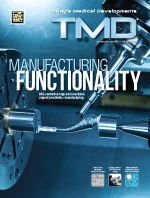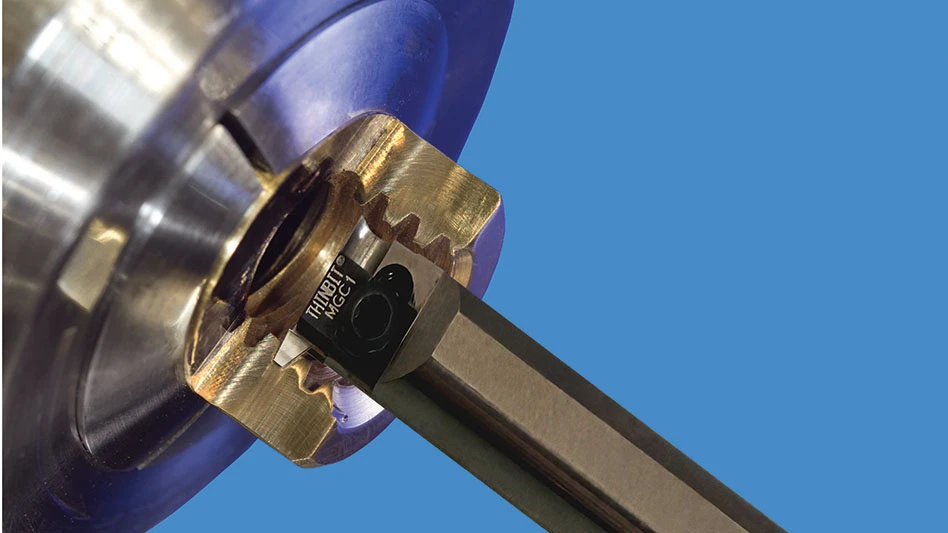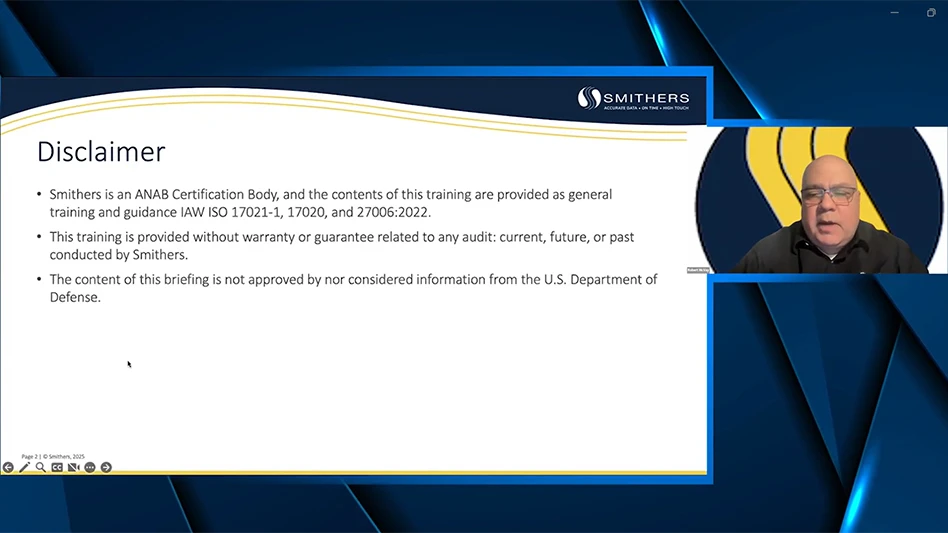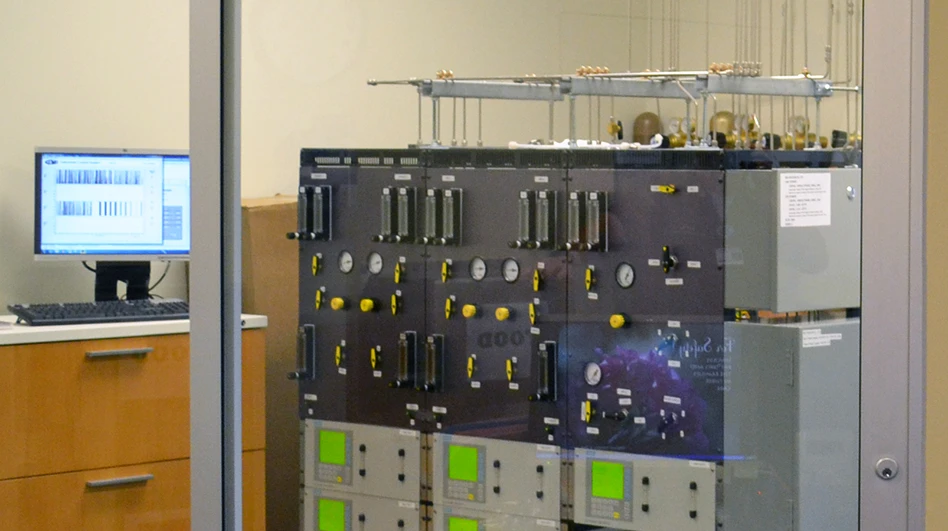Cost pressures are rapidly growing in the medical device industry. Consequently, manufacturers are on a relentless hunt to lower costs without sacrificing quality or innovation. This normally translates to a focus on receiving more value from existing suppliers or lowering total cost of ownership by replacing legacy suppliers. The procurement and management of copyrighted content, such as scholarly journal articles, is one area within the content management spend category that is receiving more attention. This includes the expense of locating, verifying, checking for compliance, formatting, updating, and translating/localizing device-related published content in the clinical and regulatory arenas. A separate challenge involves managing the published content that is utilized by sales and marketing teams to help promote the product. Here are the challenges in both endeavors, and how a content specialist service can assist with some of these efforts.
Copyrighted Content
Before and during the testing phase for a company's product, its researchers will be navigating through the millions of journal articles and other content that exist in support of the scientific process. Following this phase, clinical trials are conducted and the publication planning process accelerates, culminating in scholarly articles that will be submitted to peer-reviewed academic journals. Once published, they become a major part of a company's premarket notification (510(k)) or premarket approval (PMA) submitted to the Federal Drug Administration (FDA) or other agencies if outside of the United States. If the FDA approves the product, the articles take on a new role as the marketing efforts begin.
Naturally, there are challenges linked to these uses of scientific articles, which are related to issues of compliance and business process. First, it is well known that a 510(k) or PMA submitted to the FDA can easily run quite long, as it consists of reviews and copies of published studies of the device in question. Assembling, transmitting, and managing this volume of materials is a major task for any device manufacturer. It is vital for a company's bottom line that this job be completed in as economical a manner as possible, and in a way that avoids unnecessary duplication of materials or preparation errors that could result in submission delays or rejections that ultimately affect shareholder value.
Preparing Published Content
Once a medical device receives approval by the FDA for commercial use, the manufacturer's marketing campaign switches into high gear. As with the R&D phase, overseeing the flow and management of copyrighted content poses a challenge, this time among the company's team of sales representatives. As witnessed by the growing importance of evidence-based promotions, there is no greater weapon in sales representatives' arsenal than research studies that can be effectively presented to the healthcare professionals (HCPs) with whom they meet. Being able to back up one's claims for a new medical device with science – in addition to the promotional materials prepared by a company's marketing firm – is not only a good idea; it has become the chief method by which the company can distinguish itself from rival companies with competing products. It has also become one of the few ethical methods remaining to communicate with HCPs in light of the highly restricted code of interactions adopted within recent years.
Tablet computers provide reps with a powerful tool for engaging HCPs, enabling reps to share and send clinical reprints covering approved uses and the underlying science. Timely access to a wide range of these documents, while ensuring that they are procured at the lowest possible cost to the company, is a must.
Who Can Help
For the most part, it is smaller and mid-sized medical device companies, with relatively fewer resources at their disposal, that face the greatest challenges in facilitating the acquisition and distribution of previously published content to their employees. A larger company is much more likely than a start-up to have a librarian on staff who has experience dealing with these issues. It is especially vital for a smaller company to ensure that its research expenses are being minimized when it comes to the acquisition and distribution of paid content.
For regulatory submissions following the research phase, a medical device manufacturer without a library, whether small or large, one does not need to go it alone to navigate these challenges. A single company specializing in content repurposing can oversee some of the steps in these processes. For example, with regard to FDA submission, the content repurposer can process orders for articles, either singly or in batches, and procure them, ensuring that the retrieved documents are digitally formatted to specifications while overseeing quality control and assurance processing. A content technology company can also streamline how bulk copies of reprints and ePrints can be legally secured, while leveraging the manufacturer's aggregated buying power. It can offer tools that make it easy to obtain and legally share these articles from secure online environments.
As shown above, there are substantial challenges involved in managing the flow of copyrighted content within a medical device manufacturing company from the R&D phase of a new product to the post-commercialization phase. It is also clear that if the company partners with a dedicated content technology company, it can handle many of these challenges in a way that reduces these overall expenses and organizational challenges.

Explore the November December 2011 Issue
Check out more from this issue and find your next story to read.
Latest from Today's Medical Developments
- Betacom, Siemens launch 5G network platform to accelerate manufacturing innovation
- Starrett’s AVR400 CNC vision system
- US cutting tools orders decreased 2% from November 2024
- SMW Autoblok's Manual Jack connection kit
- MedTech Innovator welcomes five new industry partners
- First Article Inspection for quality control
- The manufacturing resurgence is here – are you ready?
- Workholding solutions for your business





